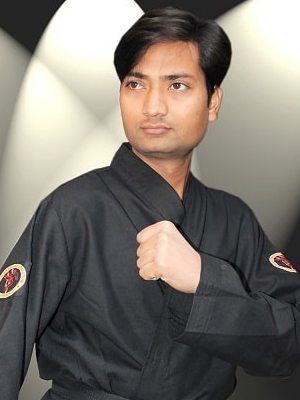In traditional karate, winning isn’t the main goal. traditional karate style is about protecting yourself using your body in the best way. It mainly uses blocking, hitting, punching, and kicking to defend yourself.
Definition of Traditional Karate
Nowadays, there are lots of different kinds of karate sports, but there used to be only one. The first type, called Traditional Karate or Karate-Do, was the original form that all these other sports took their name from. That’s why we commonly use the term “karate” today.
Karate started from “Tode,” a way to defend yourself without weapons made in Okinawa. It was influenced by Chinese martial arts, which have a long history of over two thousand years.
In Japan, it became a part of the “Budo” system, which includes Japanese martial arts. “Traditional Karate” is a word for karate that sticks to the principles of Budo.
After World War II, people started to see how useful karate could be for defending yourself, staying fit, competing, and growing both mentally and physically.
But learning karate properly takes a lot of time and practice. As karate became really popular, people wanted faster results and progress. So, instead of focusing on careful, long-term learning, they wanted quick improvements.
This led to the creation of many new sports using the name “karate.” To avoid mixing up these new sports with the original one, people started calling the original style “Traditional Karate.”
The main group that oversees Traditional Karate worldwide is called the International Traditional Karate Federation (ITKF). It includes national federations from each country that practices Traditional Karate.
Each country’s federation is responsible for overseeing Traditional Karate in that country. Around the world, people who are part of the ITKF practice different “styles” of karate, like Shotokan or Goju-ryu. These styles are a bit like different schools or clubs and have their own special training methods created by karate experts over many years.
However, even within the same style, some groups linked with the ITKF focus on Budo Karate, which is traditional karate with a focus on character development and discipline. Other groups not associated with the ITKF practice what they call “karate sports,” which are more like games of punching and kicking without the traditional principles of Budo.
In the late 1950s, many countries got interested in karate. They wanted to learn from Japanese instructors. But because there weren’t enough Japanese instructors to go around, many places started creating their own versions of karate.

Martial arts trainer Karatians School India, Thank you for reading this post. This website is about martial arts, sports, and entertainment. Its goal is to make more people aware of martial arts and help them become self-reliant.

